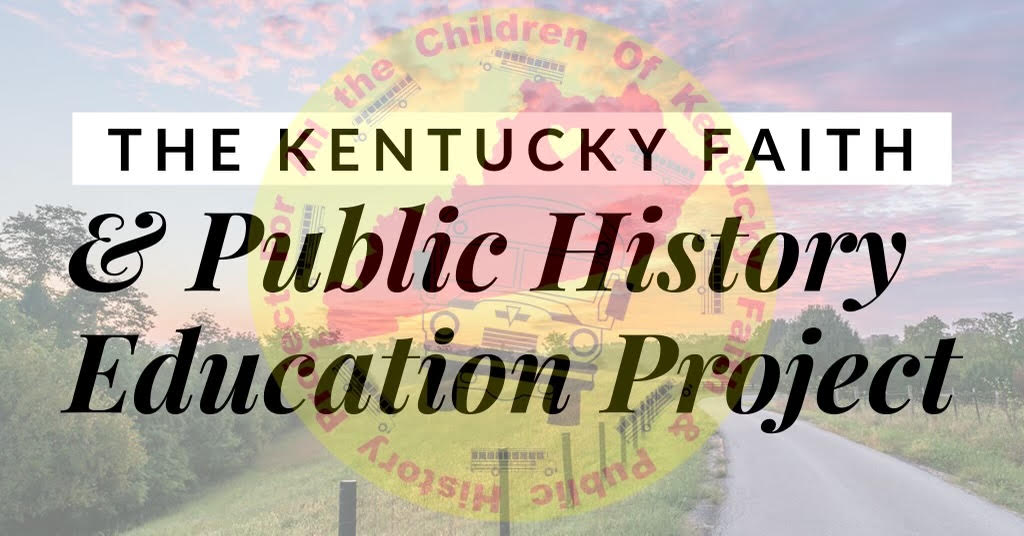Do you have paint and paper at your house so that if your
students wanted to paint a picture they could just go to the cupboard, get the
supplies and get started? When the folk-artist, Helen LaFrance, was a little
girl she did not have this luxury available but it did not stop her from
developing her gift.
Helen LaFrance is a famous Kentucky Christian who only
finished the fifth grade. She grew up on her parents’ farm in Graves County and
went on to become a significant folk artist whose paintings are about Kentucky farm life,
African American country churches and illustrations based on biblical stories
and imagery. Her paintings can be seen in museums and in private collections
including Oprah Winfrey’s. Helen LaFrance lived for 101 years, 1919-2020. Helen’s
mother showed her how to make paints using berries, flowers and bluing. The
first picture she painted was a rabbit. For paper, she used an old piece of
wallpaper.[1]
Homeschoolers can easily make their own watercolors from
flowers. The project can become the inspiration for lessons in botany,
chemistry and art. It provides an opportunity to introduce the scientific
method to elementary and middle school students because this always begins with
the formation of a hypothesis. Here is a basic lesson plan along with the time
you should allot and can count for your students to complete each task.
- Send the students to pick some flowers. (15-60 minutes)
- Use botanical guides to help the students identify the flowers. Press one of each type of flower between pieces of wax paper – cover the wax paper/flower sandwich with a cotton towel and use a hot iron to press and seal the flower. Mount the flower on a poster board or in an album and label it neatly. Draw a small rectangle next to the flower to be used with paint made from its petals (60 minutes)
- Ask the students what color paint they think each flower will produce. This is the hypothesis, a big word for guess. Write down what they predict. (15 minutes)
- Test the hypothesis. Use a glass bowl for each type of flower. Put the petals in the bowl. Mash them. Boil water and cover the petals with two or three inches of boiling water. Allow the petals to steep, like tea, for an hour or even overnight. Strain the liquid and discard the petals. The liquid is the paint. (60 minutes plus time to steep)
- Add challenges for older students. Older students can be asked to predict what happens to the pigment when the steeping time changes. They may be asked to come up with additives like salt or vinegar or bluing liquid, for example to enhance the pigment. Older students can keep a log of their trials and results. (1 to 2 hours)
- Paint each rectangle with the pigment that came from the flower. (30 minutes)
- Return to the original hypotheses. Ask the students to remember their predictions and to evaluate or judge how close they came to being right. (10 minutes)
- Use the paints to make a picture. (30-60 minutes)
- Write a summary of what they did from going to pick the flowers to painting their picture- for students grades 1-4 assign them to write one sentence per grade. For 5-8th grade students, assign a maximum of five paragraphs. Revise and edit the summary until there is a final draft that is ready to be turned in. (30-60 minutes)
- Share the summary, the poster and the painting with another student or relative. (10 minutes)
B
[1] https://kchr.ky.gov/Hall-of-Fame/Pages/Helen-LaFrance.aspx

